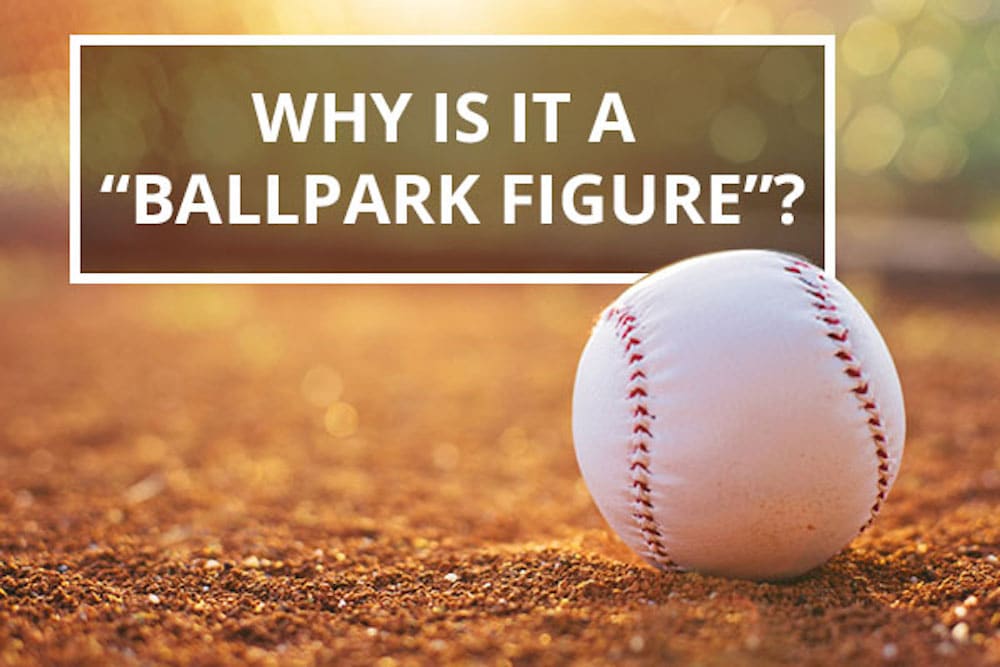
Each week here at the Australian Writers’ Centre, we dissect and discuss, contort and retort, ask and gasp at the English language and all its rules, regulations and ridiculousness. It’s a celebration of language, masquerading as a passive-aggressive whinge about words and weirdness. This week, it’s in the ballpark…
Q: Hi AWC, I’ve been asked to give a ballpark quote to someone. Any tips?
A: Well, it’s just another way of saying a rough estimate – to give them an idea. So, as long as you make it clear that any final quote would likely be different, you should be fine.
Q: No, you misunderstand. Someone wants me to build them a ballpark. He keeps muttering something about “build it and he will come”…
A: Oh, um, we’re not sure how much that would cost. Sorry.
Q: Okay, fair enough. Let’s talk about your thing instead then.
A: The idiom of “ballpark figure”?
Q: Yes, that.
A: Okay, well, it’s as American as it sounds – named after the baseball stadium, which was first called a ballpark in the 1890s. A “ballpark figure/estimate” means an off-the-cuff guess. An approximation.
Q: But why a ballpark? Why not a golf course or a croquet lawn?
A: Probably because the earliest reference is very baseball-specific.
Q: How so?
A: In the 1940s, many baseball terms were coined. “Off the mark” and “out in left field” being a few examples.
Q: Ah, like how “left field thinking” these days is a bit offbeat and wacky, right?
A: That’s right. So a 1945 novel by Kenneth Patchen had two characters talking about a topic, and one says, “you’re out in left field” (holding a view that wasn’t mainstream) and the other character replied, “and you’re not even in the ballpark”.
Q: So, what does that mean?
A: Well it was a clever way for the author to take an existing phrase and sit it back in a baseball context to create an even wilder assertion. They weren’t just “left field” – in fact they weren’t even in the ballpark anymore.
Q: So did it evolve from there?
A: Yes – it kind of got retrofitted back INSIDE the ballpark. By 1950, we see a scientific text discussing certain results as being “in the ballpark” of what they were expecting.
Q: Like aiming for a target and getting “close enough”?
A: Exactly. In fact, throughout the 1950s, American atomic scientists used the phrase “in the ballpark” while testing missiles. They saw the size of a ballpark (approximately 100 metres square) as being a sufficient landing “range” to equate to being close to a target.
Q: Gives new meaning to missile strike.. Strike 1…
A: True. Some reports even say that in the Pacific they actually had a physical satellite landing area known as “the Ballpark”, so the phrase kind of comes full circle.
Q: Like rounding all the bases for a home run?
A: Haha, yeah sure. Some also suggest it was a baseball commentator’s estimation of the crowd size at a game that coined the term “ballpark figure”. But whatever the case, by the 1960s we were using it for all kinds of generic approximations.
Q: So, it’s a fairly recent addition really.
A: Yes, only about 50 years or so have we been giving people ballpark figures that typically have nothing to do with sport.
Q: Unless you’re building an actual ballpark for someone…
A: Ah yes, that. So was this person who approached you named Kevin and has a big cornfield?
Q: Oh, so you know him then?…
If you have a grammar gripe or punctuation puzzle that you’d like our Q&A to explore, email it to us today!
About us
Contact us